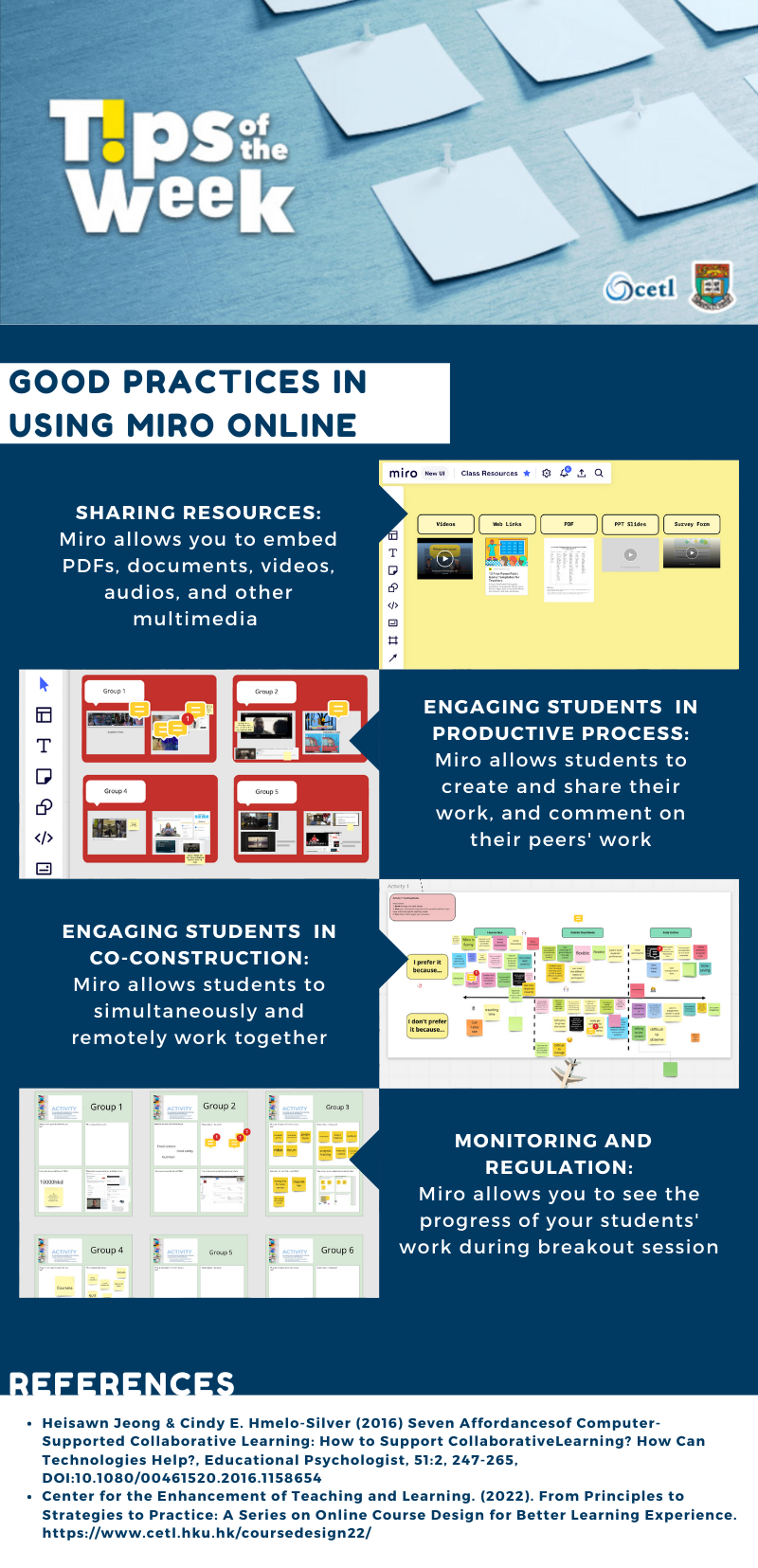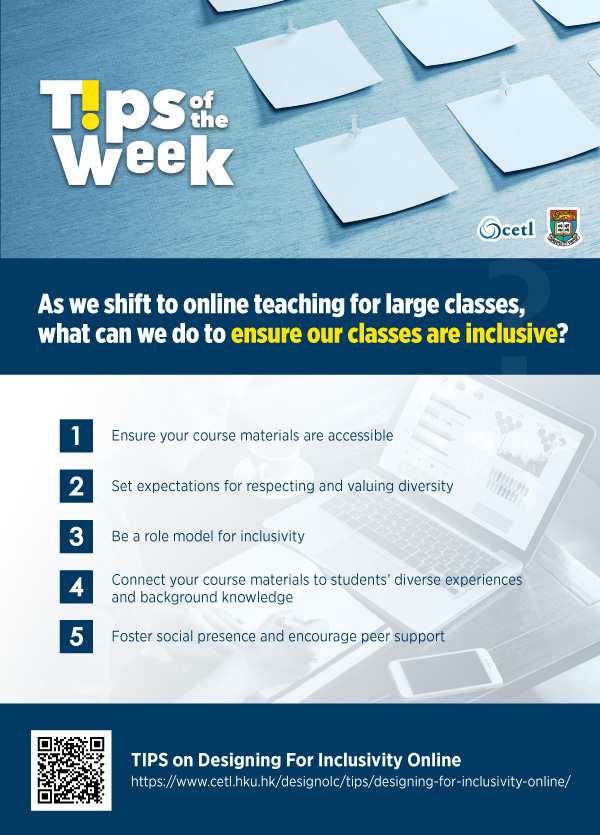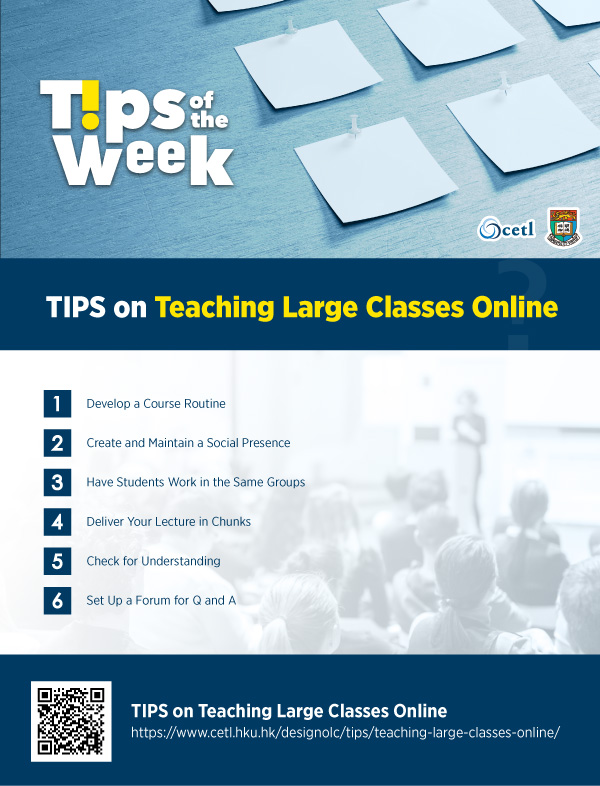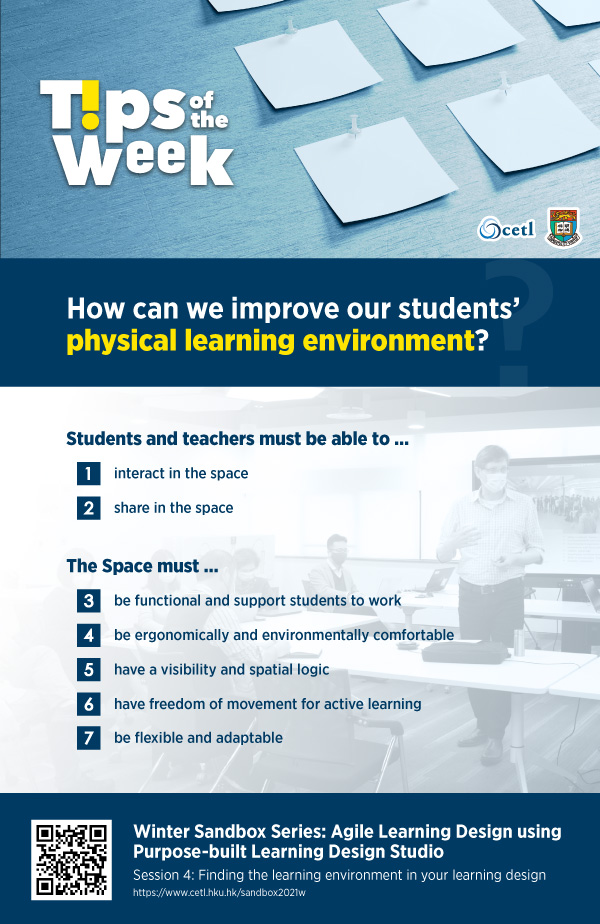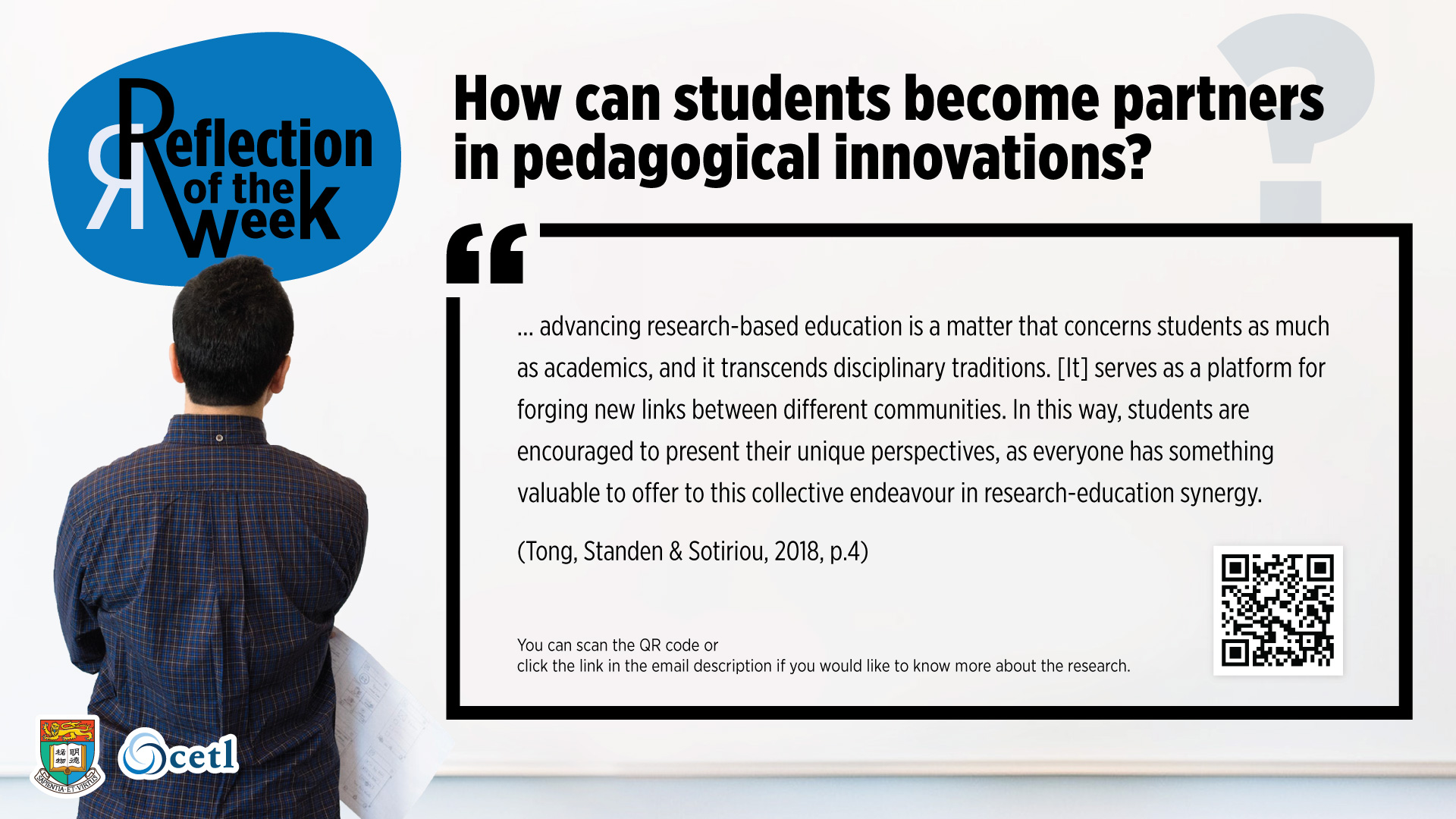February 2022

CETL Tips of the Week – Using Virtual Field Trip For Dual Mode Teaching
Benefits:
* can be used in synchronous and asynchronous learning
* offer endless learning possibilities for students world-wide to participate in the same field trip anytime anywhere
* allow virtual travel experiences amidst the pandemic
* can be used in synchronous and asynchronous learning
* offer endless learning possibilities for students world-wide to participate in the same field trip anytime anywhere
* allow virtual travel experiences amidst the pandemic
Quick tips to develop authentic VFT content (Stoddard, 2009)
* Teachers collaborate with field trip site personal to enhance student learning
* Teachers engage students in work to prepare for and debrief VFT (to work toward deep knowledge)
* Student and teacher interactions with "experts” as part of the field trip (substantive conversation)
References:* Teachers collaborate with field trip site personal to enhance student learning
* Teachers engage students in work to prepare for and debrief VFT (to work toward deep knowledge)
* Student and teacher interactions with "experts” as part of the field trip (substantive conversation)
Adedokun, 0. A., Hetzel, K., Parker, L. C., Loizzo, 1., Burgess, W. D.,& Paul Robinson, J. (2012). Using virtual field trips t o connect students with university scientists: Core elements and evaluation of zipTrips.JournaI of Science Education and Technology, 21(5), 607- 618.
Stoddard, J. (2009). Toward a virtual field trip model for the social studies.Contemporary Issues in Technology and Teacher Education, 9(4), 412-438.
Posting date: 22-Feb-2022




